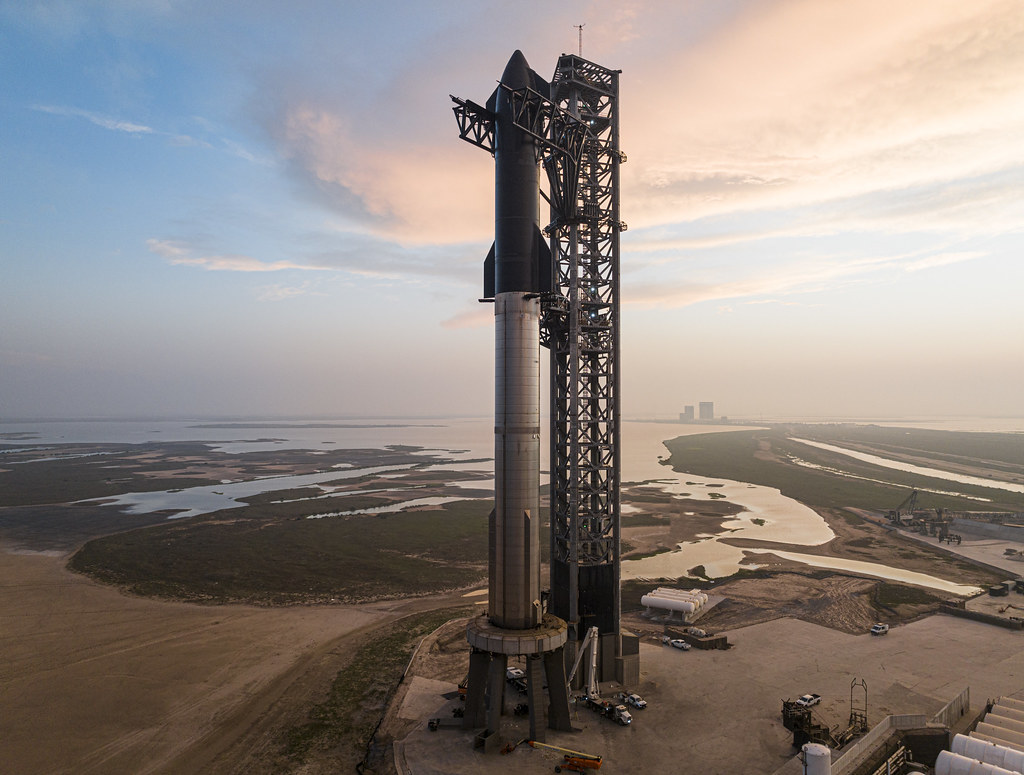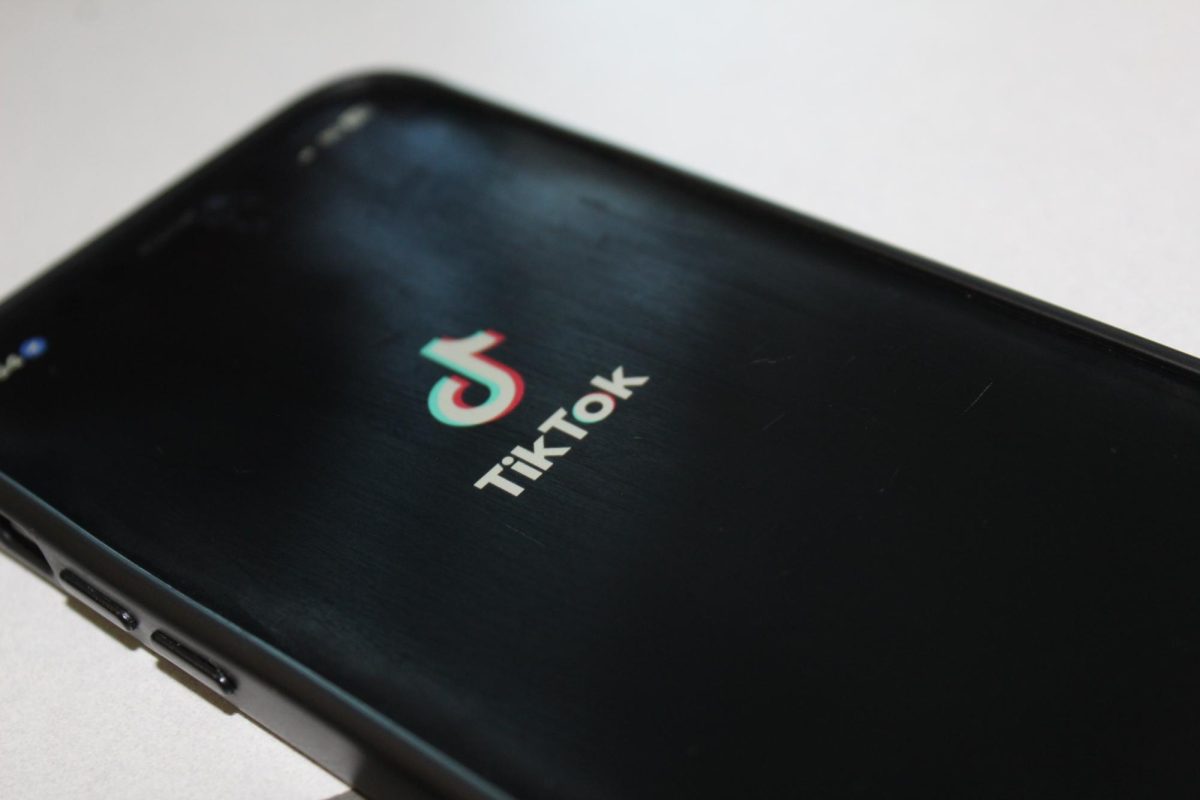Elon Musk, founder of the astronautics company, SpaceX, has said that his Starship rocket will head to Mars by the end of next year. Starship stands as the largest rocket ever created, with a height over 400 feet, and remains crucial to Musk’s goal to colonize the planet Mars. While the project has suffered multiple failures in tests, SpaceX continues to pursue the Mars endeavor while investigating the flight test explosions.
Meanwhile, the National Aeronautics and Space Administration (NASA) hopes to use a modified version of the rocket ship as a human lunar lander for its Artemis missions to return to the Moon. Musk also has plans for his rocket system to one day take humans to the Moon and then to Mars, making humans “multi-planetary.”
“Starship departs for Mars at the end of next year, carrying Optimus [robots]. If those landings go well, then human landings may start as soon as 2029, although 2031 is more likely,” said Musk on his social media app, X. Before SpaceX can carry out its mission, it must be proven to be reliable, safe for its crew, and capable of in-orbit refueling. Starship will be designed to be a fully reusable transportation system so that the rocket can return to the ground for additional missions. It will carry both cargo and humans into Earth’s orbit.
Starship has the most engines ever installed in a rocket booster. The booster is powered by 33 SpaceX Raptor engines, and as it lifts off the launchpad, they will generate 16 million pounds of thrust at full power. The upper part of the rocket, called “Ship” for short, is crafted out of stainless steel. Ship is the upper stage that will head towards orbit, and ultimately carry people to Mars or the Moon.
The first two Starship tests of 2025 resulted in explosions. In both cases, Ship tore apart in a fiery array mere minutes into its flight. SpaceX is now working with the Federal Aviation Administration (FAA) to investigate the second mishap. The first explosion was found to be due to a series of propellant leaks and fires that caused all but one of Starship’s engines to execute controlled shutdown sequences.
Despite these failures, the rocket’s booster has since managed to navigate back to the launch pad twice in a row. SpaceX continues to experiment amid the setbacks and is constantly looking for solutions. Musk seeks to further ramp up Starship testing with permission from the FAA.
The House of Representatives Space and Aeronautics Subcommittee recently staged a hearing for NASA’s plan to deploy Starship to speed its spacefarers to the Moon’s south pole. Congressman Mike Haridopolos, who heads the group overseeing the space program, said on opening the hearing that this pivotal lunar touchdown would mark “the most significant moment of America’s Space Program since the Apollo program.” He noted that Starship could carry the first humans back to the Moon since the Apollo program landing.
“The world is watching,” said Haridopolos, “We are in a race to the Moon and America must win that race.”




